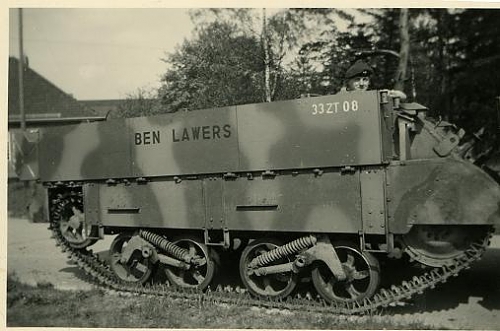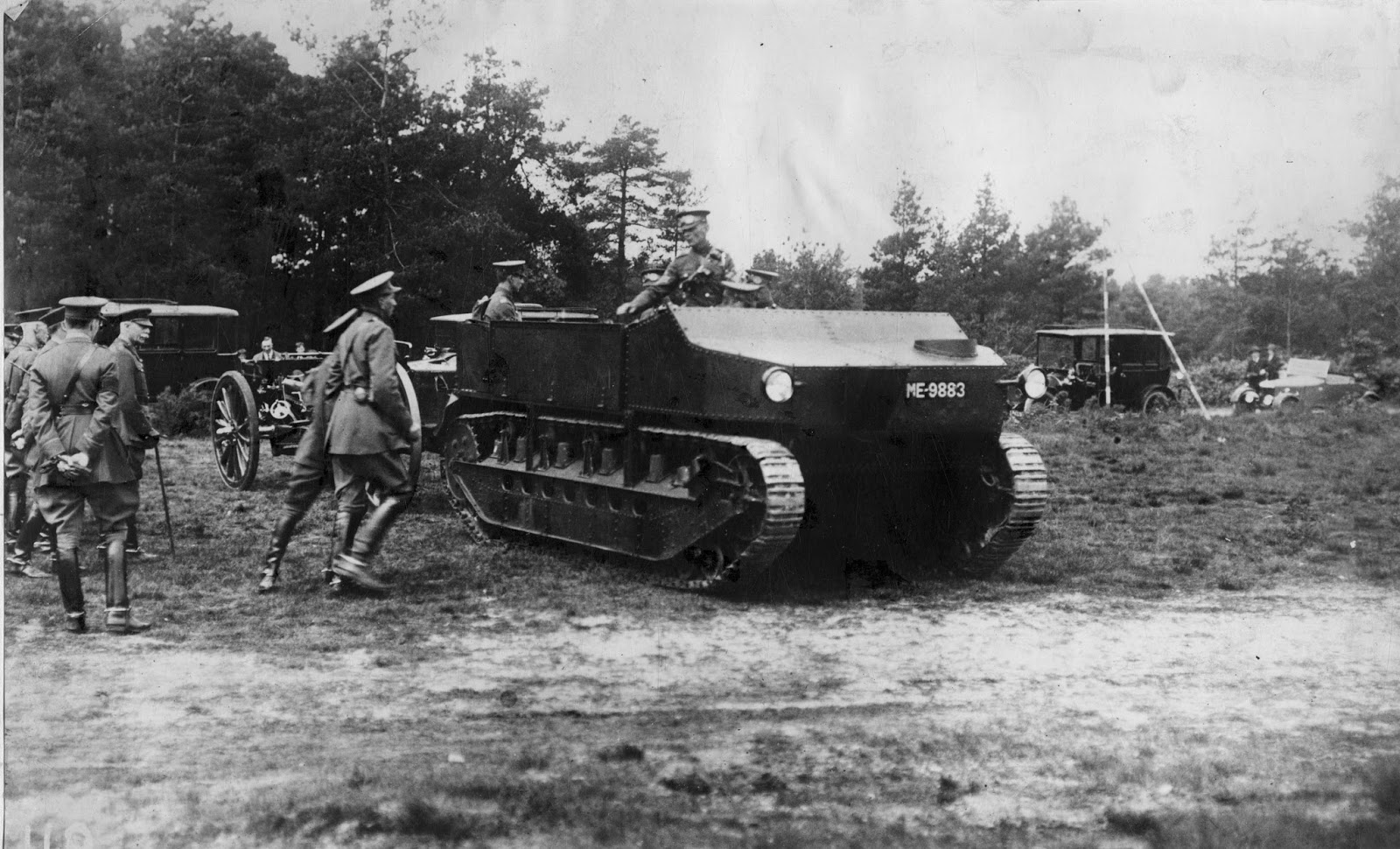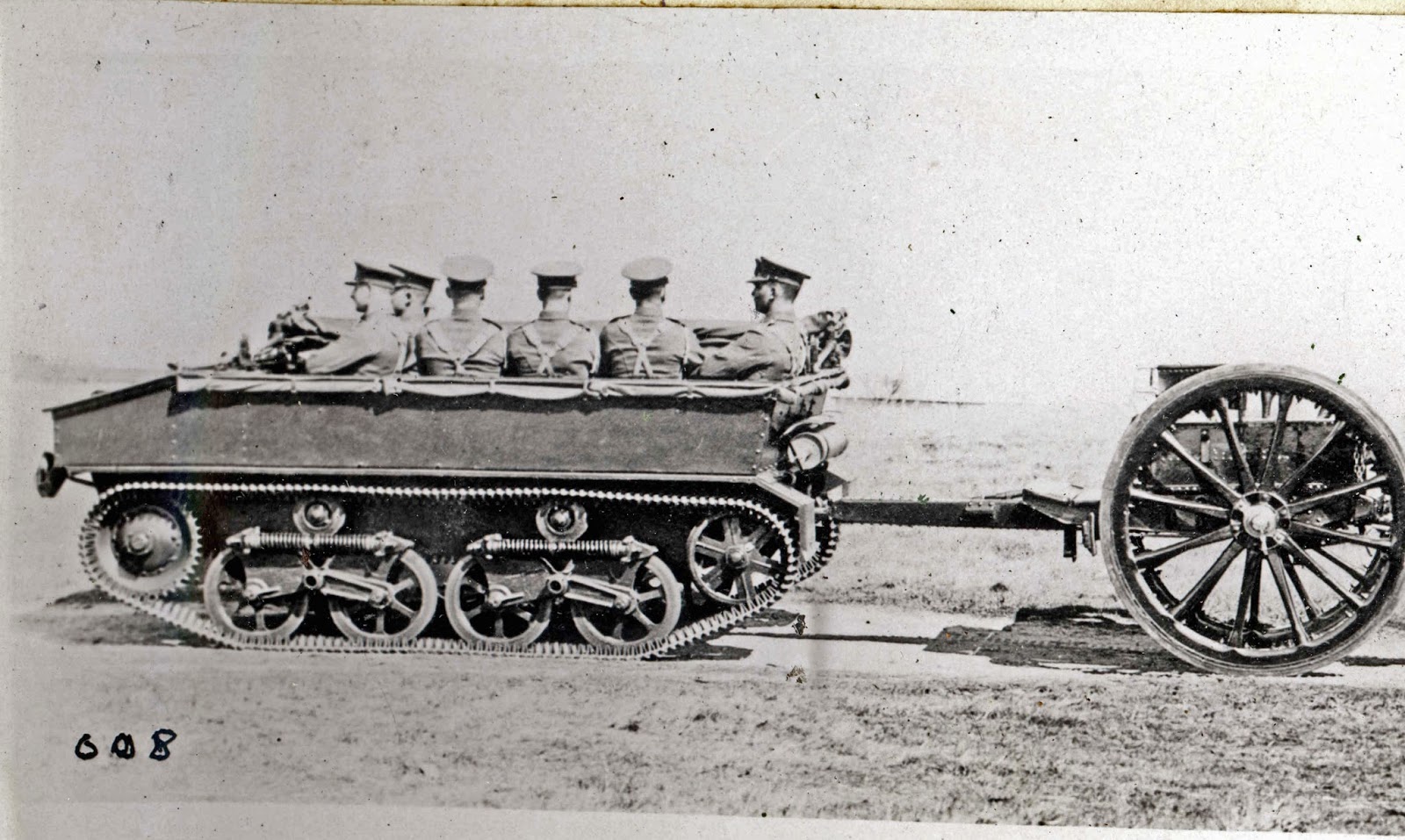You are using an out of date browser. It may not display this or other websites correctly.
You should upgrade or use an alternative browser.
You should upgrade or use an alternative browser.
BEF (1940) infantry support afv
- Thread starter Millsy
- Start date
Take the engine and gear box from the Light Tank MKIV and graft it onto a slightly longer Universal carrier and as the French say 'Voila'
I don't know how good or bad they were, but I'm sure that there was the Alecto series of self-propelled gun carriages IOTL that used the same chassis as the A17 Light Mk VII and A25 Light Mk VIII.
Last edited:
I think that's as much to do with putting too many designs into production (A9, A10, Matilda I, Matilda II, Covenanter, Crusader and Valentine) in small numbers at too many factories rather than not having a shadow tank factory available. IIRC Matilda II (and all the others) only made it into double figures by May 1940 because only about 100-150 were initially ordered. Having so many tank designs in service probably didn't help operationally and logistically as well as from the production point of view.As it was the UK was incapable of building modern tanks in the numbers required at the beginning of the war - for example Matilda II only just made it into double figures by May 1940 and the design had been in production for 2 years!
Driftless
Donor
I think that's as much to do with putting too many designs into production (A9, A10, Matilda I, Matilda II, Covenanter, Crusader and Valentine) in small numbers at too many factories rather than not having a shadow tank factory available. IIRC Matilda II (and all the others) only made it into double figures by May 1940 because only about 100-150 were initially ordered. Having so many tank designs in service probably didn't help operationally and logistically as well as from the production point of view.
In hindsight, from the "wake up" call of the Munich agreement, would there have been some desperate sense to (relatively) quickly and cheaply to have modified existing obsolete tank chassis to serve as self propelled AT or infantry support guns? Think of the numerous conversions of French and Czech chassis the Germans later did.
The key words being: hindsight and desperate...
Last edited:
Millsy, have you received any information about the affordability (cost) of these platforms? Just wondering what is considered cheap yet good enough for the AH army? You would think if you got a license to produce (not sure what the cost of a license is for something like a Bren carrier or the Vickers Dragon), then you can build enough to equip your needs.
In hindsight, from the "wake up" call of the Munich agreement, would there have been some desperate sense to (relatively) quickly and cheaply to have modified existing obsolete tank chassis to serve as self propelled AT or infantry support guns? Think of the numerous conversions of French and Czech chassis the Germans later did.
The key words being: hindsight and desperate...
The Vickers light tank was conductive for such conversions. Germans installed the ww1 105mm howitzer on the tanks captured in 1940. link
The 18 pdr and 25pdr simply cry to be installed in such a manner.
There was also a prototype tank destroyer - 2pdr on the Vickers. link
2pdr on the Bren gun carrier: link
Last edited:
Driftless
Donor
In hindsight, from the "wake up" call of the Munich agreement, would there have been some desperate sense to (relatively) quickly and cheaply to have modified existing obsolete tank chassis to serve as self propelled AT or infantry support guns? Think of the numerous conversions of French and Czech chassis the Germans later did.
The key words being: hindsight and desperate...
The Vickers light tank was conductive for such conversions. Germans installed the ww1 105mm howitzer on the tanks captured in 1940. link
The 18 pdr and 25pdr simply cry to be installed in such a manner.
There was also a prototype tank destroyer - 2pdr on the Vickers. link
2pdr on the Bren gun carrier: link
Given the inherent delays in getting agreement to the idea, setting aside resources, and actual assembly and testing.... Some of the units might be ready to roll in time for the post-Dunkirk scrambling to defend the British Isles. That might not be a bad use for stop-gap equipment, as significant amounts armor and artillery had to be left behind in France.
Two of the Variants of the Universal Carrier, the Loyd and the Canadian Windsor, could just about carry 8 Men. Yet somehow never seemed to see widespread use as an APC.I'm okay with that!
Say the Experimental Armoured force is kept in service beyond the early 30s?
The eventual outcome is that Cavalry Division becomes an armoured division comprising 4 semi independent Brigades along the lines of the experimental force with the units intended to support the 5 Regular Divisions of the peacetime army - and this requires about 400 odd afvs in the mid 30s to replace the Mk 1 mediums
How about a larger universal carrier - extend the running gear - move the engine to the front rear doors slightly higher sides - proof vs MG rounds - capable of carrying 10 dismounts (a wartime Section 2 JNCO 6 Riflemen 1 Gunner and assistant)
Something like the Oxford or Cambridge carriers (6 tons designs)
Perhaps this becomes the universal carrier rather than the 3 ton design? ie Artillery tractor, command vehicle, supply, etc etc all in one design - be cheaper than using a defrocked tank or SP gun design.

(Edit: If we do a reorganisation of the TOE to the same Section size as a modern Infantry Platoon?)
Last edited:
marathag
Banned
IIRC Matilda II (and all the others) only made it into double figures by May 1940 because only about 100-150 were initially ordered
It didn't help that the builder, Vulcan, constructed them like they did Locomotives.
They were not thinking mass production.
It's not like locomotive builders couldn't 'get' mass production.
Montreal Locomotive Works made better Valentines than even Vickers did.
Tanks weren't mass produced because the Government only ordered small numbers from multiple companies. They wanted to spread tank building experience around but the small numbers provided no incentive for those companies to make the investments needed for mass production.
Share:



